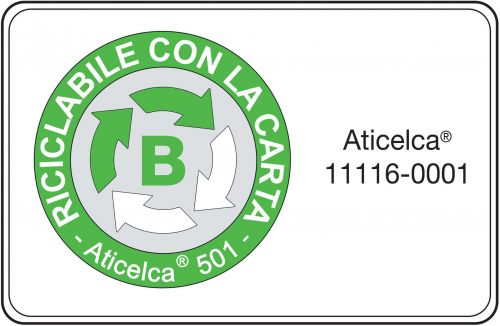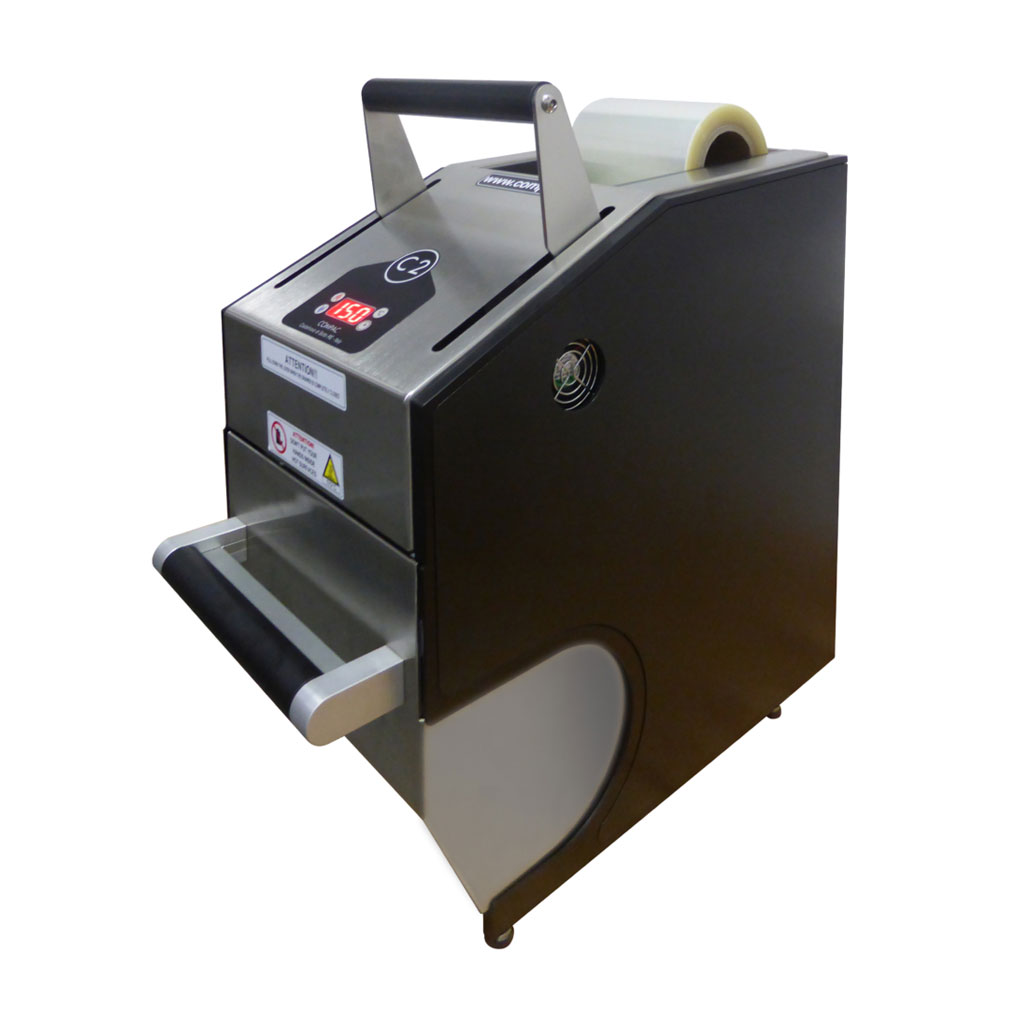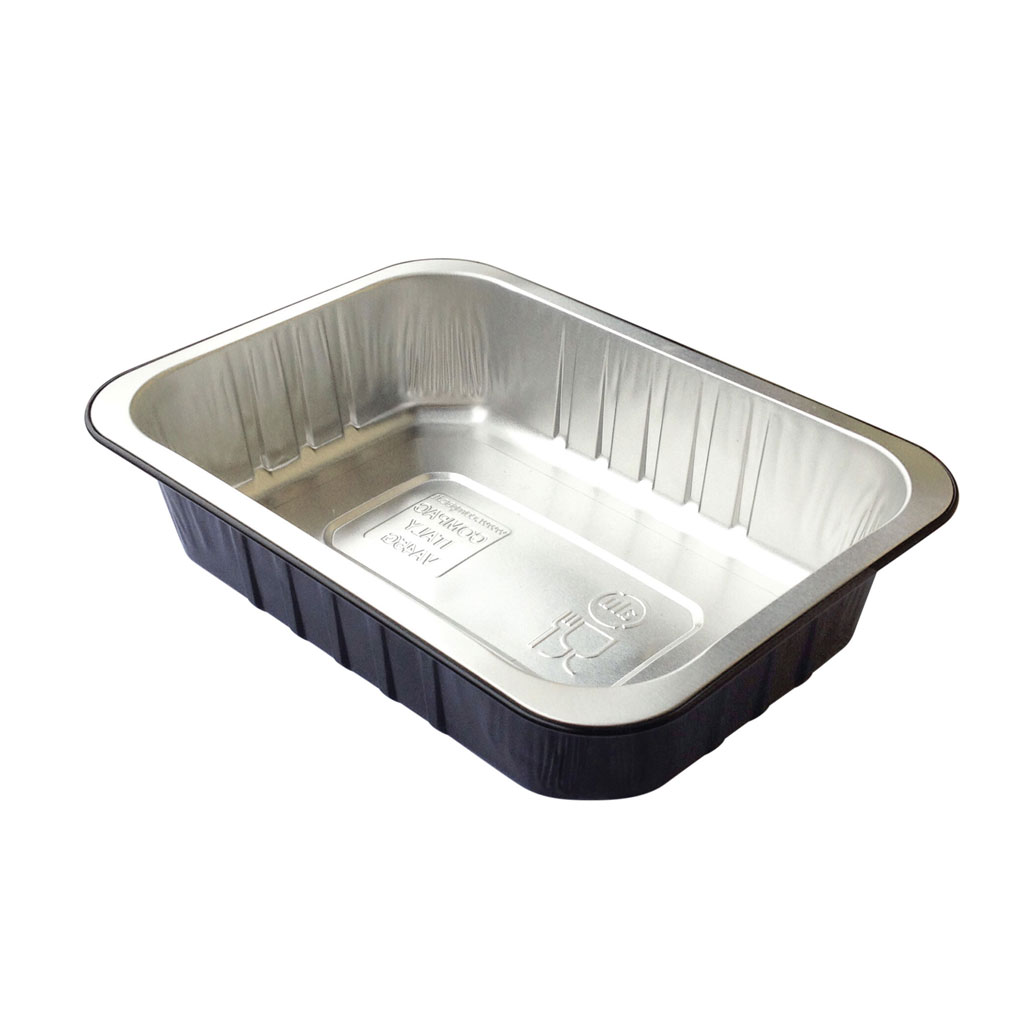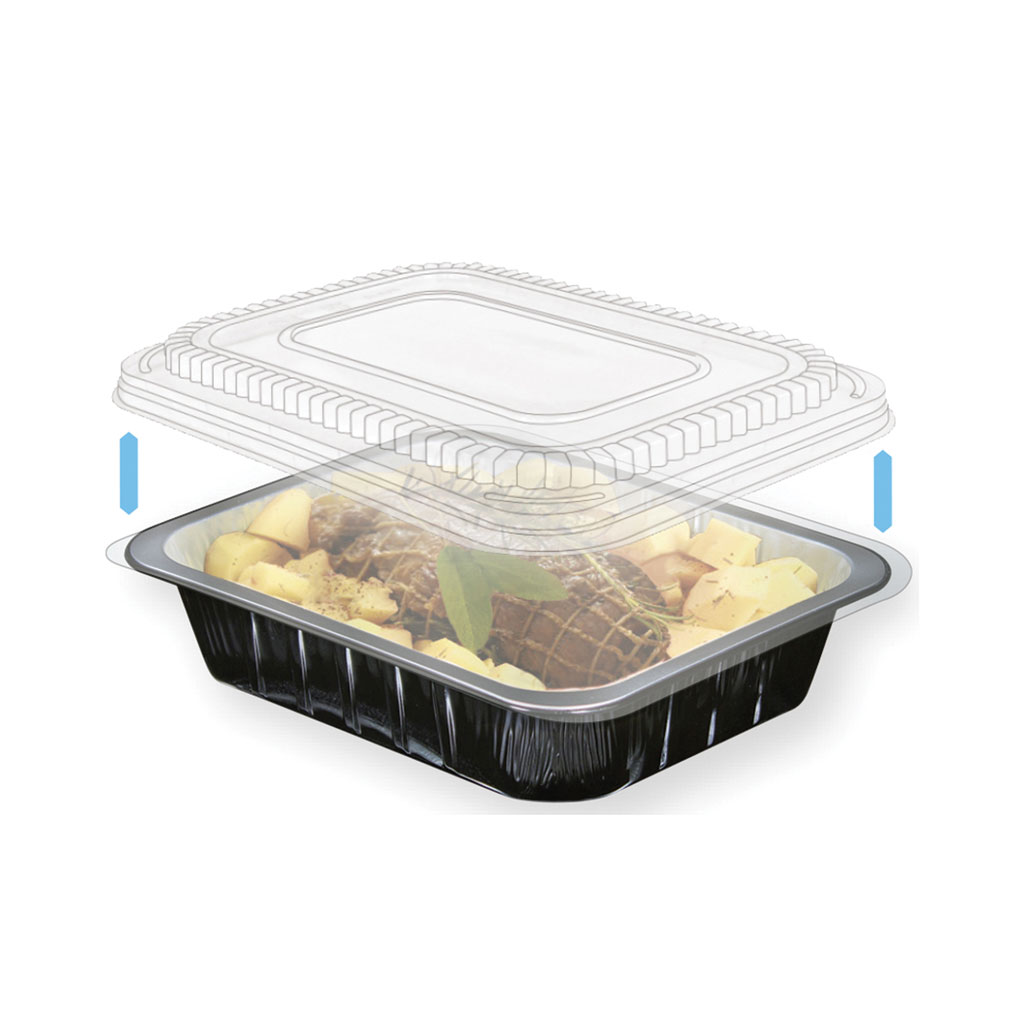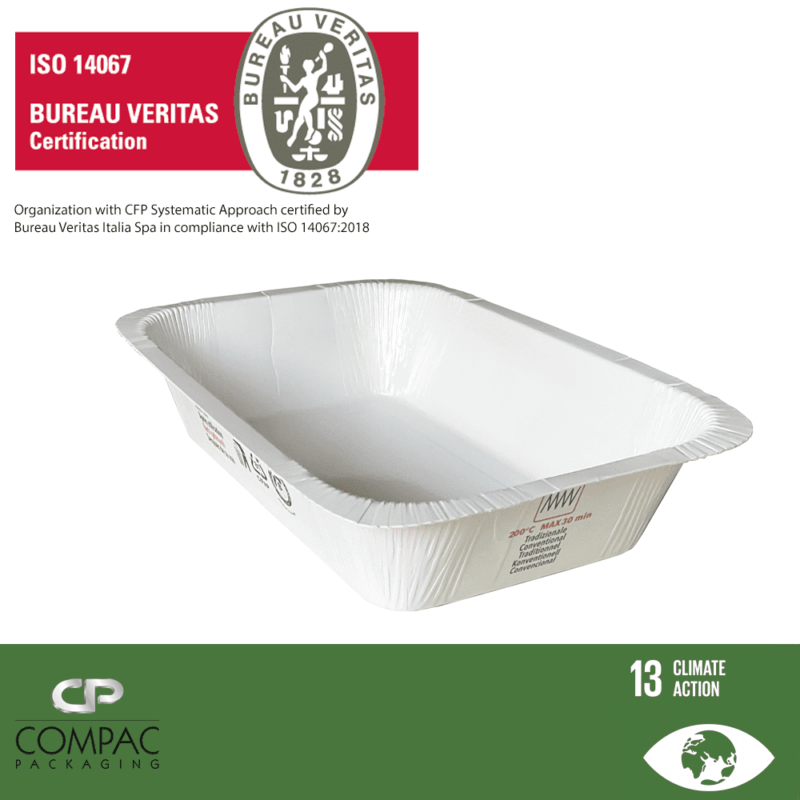ENVIRONMENTAL IMPACT OF CERTIFIED COMPAC CARDBOARD + PET CONTAINERS
ENVIRONMENTAL IMPACT OF CERTIFIED COMPAC CARDBOARD + PET CONTAINERS
To ensure ever increasing sustainability, COMPAC is the first company in the industry to have obtained the CFP (Carbon Footprint) – Systematic Approach certificate in compliance with ISO 14067:2018 standard relating to the procedure for calculating the quantity of CO₂ emitted in the entire life cycle of their CARDBOARD + PET CONTAINERS.
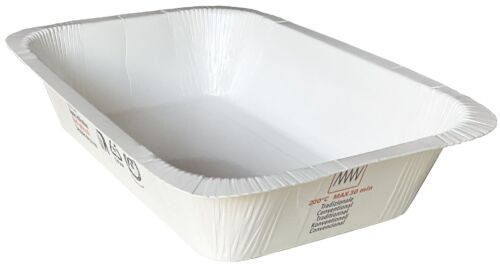
We carried out a Life Cycle Assessment (LCA) survey according to the methodology defined by the ISO 14067:2018 standard to pursue the CFP (Carbon Footprint) – Systematic Approach CERTIFICATION.
LCA is the tool that allows you to measure the environmental impact generated by the various processes that affect the life cycle of a product in order to evaluate its ecological footprint and improve its relationship with the environment.
This study requires analyzing each phase of the development of a product (from cradle to gate): from the creation of the raw material → transport to Compac → container production → transport to our retailer customer → transport from the retailer to the user customer (the packager) → disposal of the product after use.
The Carbon Footprint provides the quantity of greenhouse gas emissions generated over the life cycle of a product/service.
The Carbon Footprint of Organizations is calculated by creating an “Inventory of greenhouse gas emissions” referring to the company’s financial year to understand where and how much an Organization creates its “carbon footprint” and thus be able to manage it.
WHAT IS THE ISO 14067:2018 STANDARD?
Today, climate change is one of the most globally urgent challenges and is widely recognized as a direct result of human activity that produces greenhouse gases.
The United Nations has involved the whole world in promoting the Sustainable Development Goals, which include the fight against poverty, education and, in particular, the fight against climate change.
In this context, Carbon Footprint monitoring represents a fundamental measure that allows organizations to prove their social responsibility through practices aimed at promoting sustainability.
The ISO 14067:2018 standard enables companies to estimate the Carbon Footprint of their products, identifying opportunities to reduce it. The Carbon Footprint of a product validates the impact of a product on climate change by considering the sum of greenhouse gas emissions and greenhouse gas removals during the product’s life cycle.
These results offer a comparison base and provide crucial information for the supply chain, customers, partners and all interested parties.
Anyone can certify their commitment to climate change for any product, strengthening their competitive position in the market and communicating social responsibility and environmental commitment.
The measurement of a product’s Carbon Footprint according to ISO 14067:2018 is based on the sum of all greenhouse gas emissions and greenhouse gas removals (in particular CO₂) generated during the process and life cycle of the product or service.
This analysis represents a Life Cycle Assessment (LCA) survey with the aim of calculating the potential contribution of a product to global warming expressed in terms of CO₂, quantifying all greenhouse gas emissions and removals during the life cycle of the product.
In particular, the ISO 14067:2018 standard requires the use – if available – of Product Category Specific Rules (PCR), certified and approved by recognized international organizations to carry out LCA studies such as Carbon Footprint calculation. PCRs define the functional unit, system boundaries, allocation rules and possible exclusions or assumptions.
On 14 March 2019, the European Parliament adopted the European Union’s target of achieving net-zero greenhouse gas emissions, demonstrating the EU’s aim to become the world’s first climate-neutral economic bloc by 2050.
COMPAC’S CHOICE
We have chosen the SYSTEMATIC APPROACH also called “CFP Systematic Approach” (CFP SA) because it allows us to develop a real Carbon Footprint management system.
In fact, this procedure not only allows you to speed up and generate savings for the quantification of the carbon footprint on multiple similar products belonging to the organization, but provides a management tool for continuous improvement. It establishes a set of activities and procedures within an organization, aimed at developing a CFP calculation model applicable to all products with similar or homogeneous characteristics.
WHAT IS CFP ?
The Product Carbon Footprint describes the amount of greenhouse gas emissions that a product generates during its life: when it is built, while it is used and when it is disposed of. The resulting quantity corresponds to the global impact that the product has on the environment.
WHY IS CFP IMPORTANT?
This is the only valid method to evaluate the environmental impact of a product. Being aware of this impact allows you to start activities to maintain it over time or to reduce it, thus improving your environmental performance.
WHAT ARE THE BENEFITS?
- DIVERSIFY YOUR PRODUCT : has a competitive value. In a market that is increasingly attentive to sustainability, demonstrating the eco-sustainability of your product is the key to acquiring customers who are attentive to climate change, improving the company’s image and reputation. Although no specific Life Cycle Analysis (LCA) studies have been carried out on products similar to Compac’s CARDBOARD+PET Containers, we have examined some Environmental Product Declarations (EPDs) published by competing companies in the “EPD Library” of the website “EPD International”. These companies produce containers for packaging food products. From the analysis of these EPDs, it emerged that our CARDBOARD+PET containers have a competitive life cycle and that the emissions produced are not significantly high.
- REDUCING WASTE : calculating the Carbon Footprint of a product can generate many savings. In fact, the calculation of CO₂ emissions needs to identify waste in the production and transport of products. Companies can improve their production efficiency by reducing costs.
- PROTECT FROM GREENWASHING : ISO 14067 is an international standard for calculating the Carbon Footprint of a product and is certified by third-party auditors (in our case BUREAU VERITAS). Consequently, if the figures certified by ISO 14067 are communicated there is no risk of greenwashing, and consumers are protected from vague environmental claims and misleading and unfounded slogans.
FEATURES OF COMPAC CARDBOARD + PET (CA+PET) CERTIFIED CONTAINERS
They are heat-sealable and can be used to pack all types of food.
Equipment for use
MICROWAVE | TRADITIONAL OVEN | FRIDGE | FREEZER |
X | X | X | X |
How to use
HEATING | COOKING | COOLING | FREEZING |
X | X | X | X |
In Traditional oven up to +200°C for 60 minutes or in Microwave up to 800W for 5 minutes. | Use for cooking only after the sealing of the package with a READY TO COOK food. | In the FRIDGE. | Down to -40°C. |
ADVANTAGES OF COMPAC CARDBOARD + PET CONTAINERS
In addition to the benefits of the heat-sealed packaging – guarantee seal / tightness = SAFETY:
- Ehhancement of food product for a better presentation – the instructions for use and disposal are printed in Italian / English / French / German / Spanish on the sidewalls and on the bottom of the tray;
- Freezing – they withstand down to – 40 ° C without any possibility of breaking;
- Heating – they can go straight away from freezer to traditional oven (up to + 200 ° C for 60 minutes) and microwaves (up to 800W for 5 minutes), and thus get the outstanding heating of food;
- Cooking – they allow to pack READY TO COOK food for subsequent cooking process by the consumer in a traditional oven up to + 200 ° C for 60 minutes;
- Resistance – their high elasticity makes them safe from breakage during handling or transport. They can be considered a natural insulator, as they keep food warm longer out of the oven, from the oven directly on the table. They keep their original shape even after thermal stress;
- Recyclability – recyclable with paper – ATICELCA® 501 certificates – level B.
